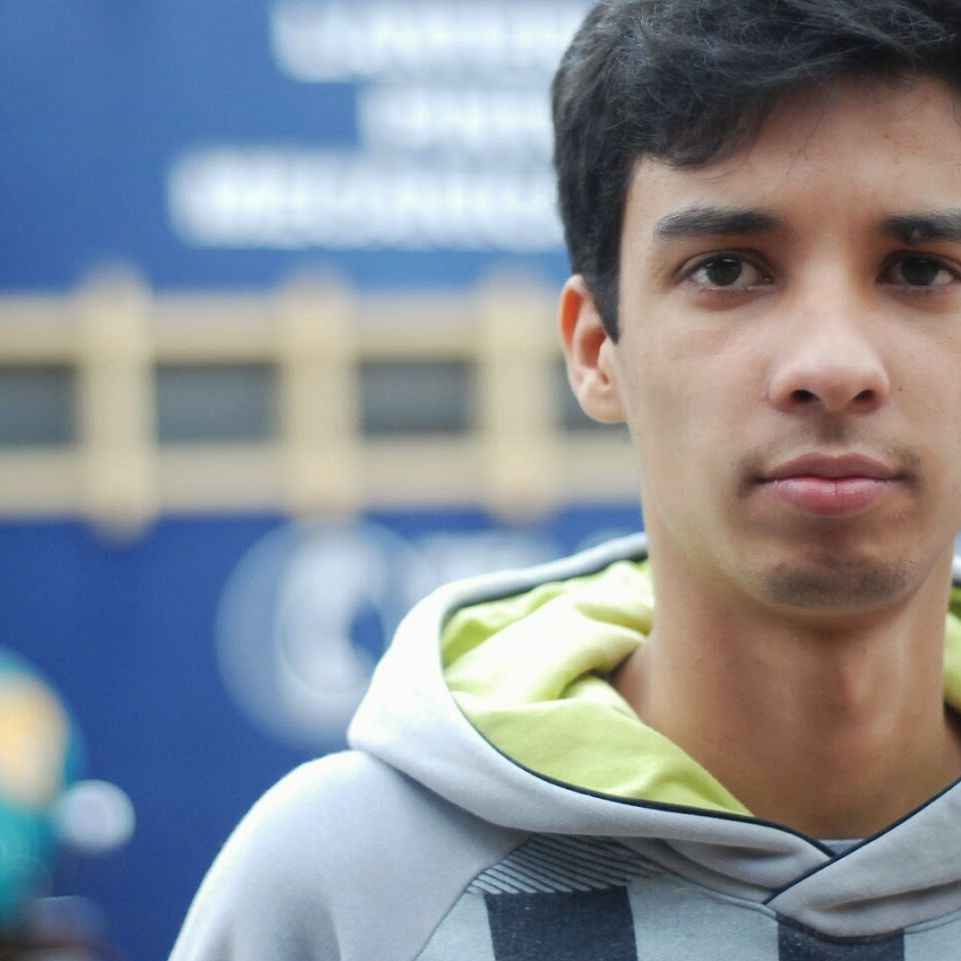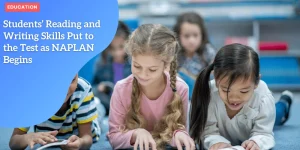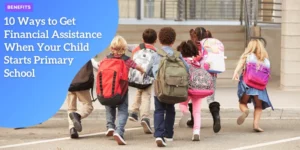Education vs. Essentials: How Australian Families Are Navigating the School Fee Crisis
Anúncios
The Rising Cost Crisis in Australian Education
Financial Pressure on Independent School Families
The cost of living has become a central election issue for many Australian families, and this is particularly true for those with children in Independent schools.
According to polling by Independent Schools Australia (ISA), 55% of Independent school parents identify the cost of living as their most significant election concern.
This marks a crucial shift in priorities, reflecting the economic strains felt by households across the country.
The ISA survey, which polled over 500 parents in Independent schools, revealed deep financial anxieties.
A striking 75% of parents are pessimistic about the country’s economic conditions improving over the next six months.
This general sense of economic unease is compelling parents to rethink their financial priorities and make substantial sacrifices to maintain their children’s education.
Challenging the Stereotype
Contrary to the stereotype of Independent school families being wealthy elites, the survey results tell a different story.
Many of these families face financial struggles similar to those in the broader community.
According to ISA CEO Graham Catt, “The idea that families who choose Independent school are wealthy elites who are unaffected by the cost-of-living crisis is completely false.”
These families are often working extra jobs and making cuts to essential expenses just to keep their children in their chosen schools.
A Broader Economic Concern
Parents are tightening their belts to manage education costs, but the impact on household budgets is far-reaching.
The survey highlights that 78% of families would need to make significant budget adjustments if school fees increased by 15%.
This includes 26% of families who are considering cutting back on groceries, medicine, and transport, and 14% who are contemplating making changes to their housing situation, like moving to a less expensive home or renting out a room.
The financial pressure on these families underpins a broader economic concern that political candidates cannot ignore.
As elections approach, the cost of living and educational funding are poised to be pivotal issues for many voters.
As we explore the impact of these economic pressures on education funding and the ensuing political ramifications, it is evident that sustainable solutions are needed to ensure that all families, regardless of their financial background, can access quality education for their children.
The story of financial sacrifices and budget adjustments continues, revealing the lengths to which parents will go to maintain their children’s education amidst economic uncertainty.
Financial Sacrifices and Budget Adjustments
The rising cost crisis is hitting Independent school families hard, forcing many into difficult financial decisions.
A recent survey by Independent Schools Australia (ISA) reveals 78% of families would need to make significant budget adjustments if school fees increase by 15% or more.

Budget Overhauls and Difficult Choices
Families are stretching their budgets to avoid disrupting their children’s education.
This reality debunks the myth that all Independent school families are part of a wealthy elite.
Most are far from insulated from economic struggles.
| 📌 Impact | 📑 Description |
|---|---|
| Essential Cuts | Alarmingly, 26% of parents reported they would consider cutting essential expenses like groceries, medicine, and transport to cover the rising fees. This underscores the severity of the financial strains reaching even basic needs. |
| Housing Changes | Additionally, 14% of families are contemplating changes to their housing situation. This could include reducing housing costs by moving to cheaper residences or renting out rooms to maintain school enrollment. |
The Human Side of Financial Adjustments
The sacrifices parents are making reveal the deep commitment to their children’s education.
These are not choices made lightly. The concept of Independent school families as wealthy elites simply doesn’t hold for the majority.
ISA CEO Graham Catt emphasizes, “Families are working extra jobs and often cutting back on essentials just to keep their children in the school that’s right for them”.
The struggle is real, and it’s reshaping daily lives and long-term plans.
As families buckle down, the impact of these decisions reverberates beyond the present.
Disruptions to essential expenses could have long-term health and stability consequences.
Housing changes, particularly relocations, introduce additional instability into children’s lives, far removed from the focused environment intended by Independent schooling.
The economic pressures faced by these families highlight the broader issue of school funding and resource allocation.
Sustainable solutions are essential to balance access to quality education with the growing financial constraints faced by many households.
Ensuring that families can continue to provide the best education options for their children is not just a financial issue, it’s a matter of national importance.
The future of school choice and the economic stability of families converge here in poignant ways.
The Political Impact of Education Funding
The rising cost of education is reshaping the political landscape in Australia, especially for families with children enrolled in Independent schools.
With nearly half of these parents likely to withdraw support from political parties that propose cuts to Independent school funding, education has emerged as a pivotal issue in the upcoming federal election.
A Voting Issue for Parents
Education funding is not just a topic of parental concern; it has now become a significant electoral issue.
This sentiment could be a tipping point in 14 marginal electoral seats, where parental votes might influence election outcomes.
Shifting Allegiances
Recent commentary by the Australian Greens has sparked controversy and alienation.
By labeling Independent schools as “elite” and “overfunded,” the Greens have seen a decline in electoral support.
Parental support has dipped by 3 percentage points, and Green-leaning voters have dropped by 5 points, reflecting dissatisfaction with these labels.
Intersection with Public School Funding
While Independent school funding stirs passionate debates, public school funding is also under scrutiny.
There’s a $4.8 billion agreement on the line to fully fund NSW public schools for the first time, an initiative that has garnered strong campaigning from the NSW Teachers Federation.
The federation warns that a shift in government jeopardizes this funding, which is crucial for resource allocation to disadvantaged students.
Hence, education funding has become a focal point, influencing votes and party strategies, and requiring careful policy decisions.
Balancing these educational needs amidst economic pressures remains critical as families and education stakeholders navigate this landscape.
Public vs Private School Funding Debate
The discussion over funding for public versus private schools in Australia has reached a critical point.
At the heart of the issue is a $4.8 billion agreement aimed at fully funding public schools in New South Wales (NSW).
This agreement is crucial as it seeks to enhance resources for disadvantaged students and bring federal contributions up to the Schooling Resource Standard (SRS).
Funding Inequity
One of the main concerns in this debate is the perceived inequity in funding between public and private schools.
Recent research cited by NSW Teachers Federation president Henry Rajendra indicates that 59.6% of private schools in NSW receive more combined government funding per student than comparable public schools.
This inequity has fueled demands for a more balanced approach to educational funding, ensuring that public schools receive the necessary support to offer quality education to all students.
Government Changes and School Resource Allocation
The potential for a change in government brings additional uncertainty to the funding landscape.
A change in administration could jeopardize the $4.8 billion agreement, putting at risk federal contributions intended to support NSW public schools.
The current campaign led by the NSW Teachers Federation underscores the importance of maintaining this funding deal to address existing disparities and provide adequate resources across the public school system.
As we continue to navigate these funding challenges, the overarching goal remains: maintaining a fair and balanced education system that supports all students, regardless of their school type.
The discussion on public versus private school funding is pivotal to achieving this balance.
With financial pressures and educational funding high on the priority list for many Australian families, these concerns will undoubtedly influence future electoral decisions.
Recognizing and addressing these issues is critical in ensuring that every child has access to quality education.
Looking Ahead: The Future of School Choice
As we look to the future of school choice in Australia, it is clear that education funding will continue to play a significant role in electoral decisions.
The rising cost of living, combined with increasing school fees, has made education a top concern for many families.
This is not just a personal issue; it has significant political ramifications that will likely shape future elections.
Education Funding and Electoral Decisions
Education funding is becoming increasingly critical in Australian politics.
The financial challenges faced by many families who enroll their children in Independent schools are pushing education to the forefront of electoral issues.
Political parties who propose to reduce funding for these schools risk losing support from a significant portion of the electorate.
According to recent data, 46% of Independent school parents indicated they would be less likely to vote for a party that reduces Independent school funding.
This could influence the outcomes in key marginal seats, making education funding a pivotal electoral issue.
The Need for Sustainable Solutions
The situation calls for sustainable solutions to maintain and support educational choices for families.
Policymakers must recognize the financial burdens that many families face and work towards creating funding models that ensure quality education remains accessible.
It’s not just about providing more money, but about allocating resources in a manner that addresses inequities and supports both public and Independent schools appropriately.
Balancing Quality Education and Economic Pressures
Striking the right balance between ensuring high-quality education and managing economic pressures is crucial.
The $4.8 billion funding agreement for public schools in New South Wales highlights the ongoing battle to address educational disparities.
Adjusting these funding models to ensure that both public and private institutions receive fair and adequate resources is essential.
This way, no child is left behind, regardless of their economic background.
Looking forward, it’s imperative that the education system is structured in a way that supports all students and addresses the financial concerns of families.
The future of school choice will depend on our ability to navigate these economic challenges while ensuring that quality education remains accessible for everyone.







